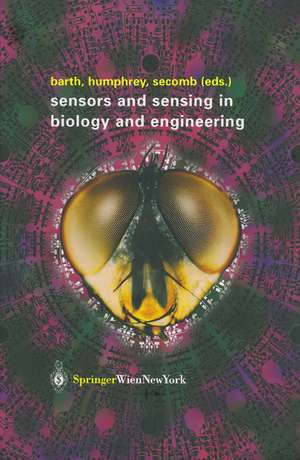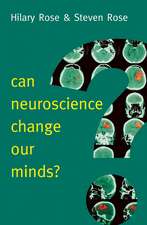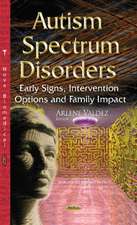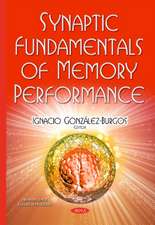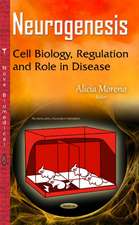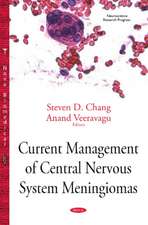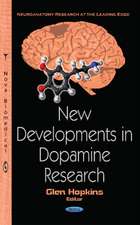Sensors and Sensing in Biology and Engineering
Editat de Friedrich G. Barth, Joseph A.C. Humphrey, Timothy W. Secomben Limba Engleză Paperback – 31 aug 2012
| Toate formatele și edițiile | Preț | Express |
|---|---|---|
| Paperback (1) | 955.25 lei 43-57 zile | |
| SPRINGER VIENNA – 31 aug 2012 | 955.25 lei 43-57 zile | |
| Hardback (1) | 826.77 lei 38-44 zile | |
| SPRINGER VIENNA – 22 apr 2003 | 826.77 lei 38-44 zile |
Preț: 955.25 lei
Preț vechi: 1164.93 lei
-18% Nou
Puncte Express: 1433
Preț estimativ în valută:
182.79€ • 191.33$ • 152.14£
182.79€ • 191.33$ • 152.14£
Carte tipărită la comandă
Livrare economică 31 martie-14 aprilie
Preluare comenzi: 021 569.72.76
Specificații
ISBN-13: 9783709172872
ISBN-10: 370917287X
Pagini: 420
Ilustrații: XII, 404 p.
Dimensiuni: 155 x 235 x 22 mm
Greutate: 0.73 kg
Ediția:Softcover reprint of the original 1st ed. 2003
Editura: SPRINGER VIENNA
Colecția Springer
Locul publicării:Vienna, Austria
ISBN-10: 370917287X
Pagini: 420
Ilustrații: XII, 404 p.
Dimensiuni: 155 x 235 x 22 mm
Greutate: 0.73 kg
Ediția:Softcover reprint of the original 1st ed. 2003
Editura: SPRINGER VIENNA
Colecția Springer
Locul publicării:Vienna, Austria
Public țintă
ResearchDescriere
Biological sensors are usually remarkably small, sensitive and efficient. It is highly desirable to design corresponding artificial sensors for scientific, industrial and commercial purposes.This book is designed to fill an urgent need for interdisciplinary exchange between biologists studying sensors in the natural world and engineers and physical scientists developing artificial sensors. Contributions from leading scientists in this area, whether engineers or biologists, are written to be accessible to readers from these and other disciplines. The main topics cover mechanical sensors, visual sensors and vision and chemosensors. Readers will obtain a fuller understanding of the nature and performance of natural sensors as well as enhanced appreciation for the current status and the potential applicability of artificial microsensors.Friedrich G. Barth was awarded the "Karl-Ritter-von-Frisch-Medaille” at the 2003 Annual Conference of the German Zoological Society in Halle, Germany.
Cuprins
INTRODUCTORY REMARKS Sensors and sensing: a biologist's view (F. G. Barth), Sensors and sensing: an engineer's view (H. Meixner) MECHANICAL SENSORS Waves, Sound and Vibrations How nature designs ears (A. Michelsen), How to build a microphone (P. Rasmussen), The middle and external ears of terrestrial vertebrates as mechanical and acoustic transducers (J. J Rosowski), The outer hair cell: a mechanoelectrical and electromechanical sensor/actuator (K.V. Snyder, F. Sachs, W. E. Brownell), The silicon cochlea (R. Sarpeshkar), Biologically-inspired microfabricated force and position mechano-sensors (P. Dario et al.) Force and Motion The physics of arthropod medium-flow sensitive hairs: biological models for artificial sensors (J. A. C. Humphrey, F. G. Barth, M. Reed, A. Spak), Cricket wind receptors: thermal noise for the highest sensitivity known (T. Shimozawa, J. Murakami, T. Kumagai), Arthropod cuticular hairs: tactile sensors and the refinement of stimulus transformation (F. G. Barth, H.-E. Dechant), The fish lateral line: how to detect hydrodynamic stimuli (J. Mogdans, J. Engelmann, W. Hanke, S. Kröther), The blood vasculature as an adaptive system: role of mechanical sensing (T. W. Secomb, A. R. Pries), Mechanism of shear stress-induced coronary microvascular dilation (L. Kuo, T. W. Hein), A possible mechanism for sensing crop canopy ventilation (T. Farquhar, J. Zhou, H. W. Haslach Jr.) VISUAL SENSORS AND VISION From fly vision to robot vision: re-construction as a mode of discovery (N. Franceschini), Locust´s looming detectors for robot sensors (F. C. Rind, R. D. Santer, J. M. Blanchard, P. F. M. J. Verschure), Retina-like sensors: motivations, technology and applications (G. Sandini, G. Metta), Computing in cortical columns: information processing in visual cortex (S. W. Zucker), Vision by graph pyramids (W.G. Kropatsch) CHEMOSENSORS AND CHEMOSENSING Mechanisms for gradient following (D.B. Dusenbery), Representation of odor information in theolfactory system: from biology to an artificial nose (J. S. Kauer, J. White), The external aerodynamics of canine olfaction (G. S. Settles, D.A. Kester, L.J. Dodson-Dreibelbis), Microcantilevers for physical, chemical, and biological sensing (T. Thundat, A. Majumdar) THE EMBEDDING OF SENSORS Embedded mechanical sensors in artificial and biological systems (P. Calvert), Active dressware: wearable kinesthetic systems (D. de Rossi, F. Lorussi, A. Mazzoldi, P. Orsini, E. P. Scilingo)
Recenzii
"... eine gelungene Darstellung des Gebietes der biophysikalischen Sensorik aus Sicht der Bionik..."BIOspektrum 2/2004
Caracteristici
Provides current information on the nature and performance of natural sensors and potential applicability of artificial sensors
First and unique publication with this interdisciplinary exchange between biologists (natural sensors) and engineers, physical scientists (artificial sensors)
Written by leading international experts on these topics
First and unique publication with this interdisciplinary exchange between biologists (natural sensors) and engineers, physical scientists (artificial sensors)
Written by leading international experts on these topics
